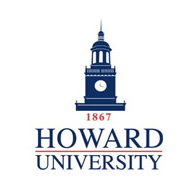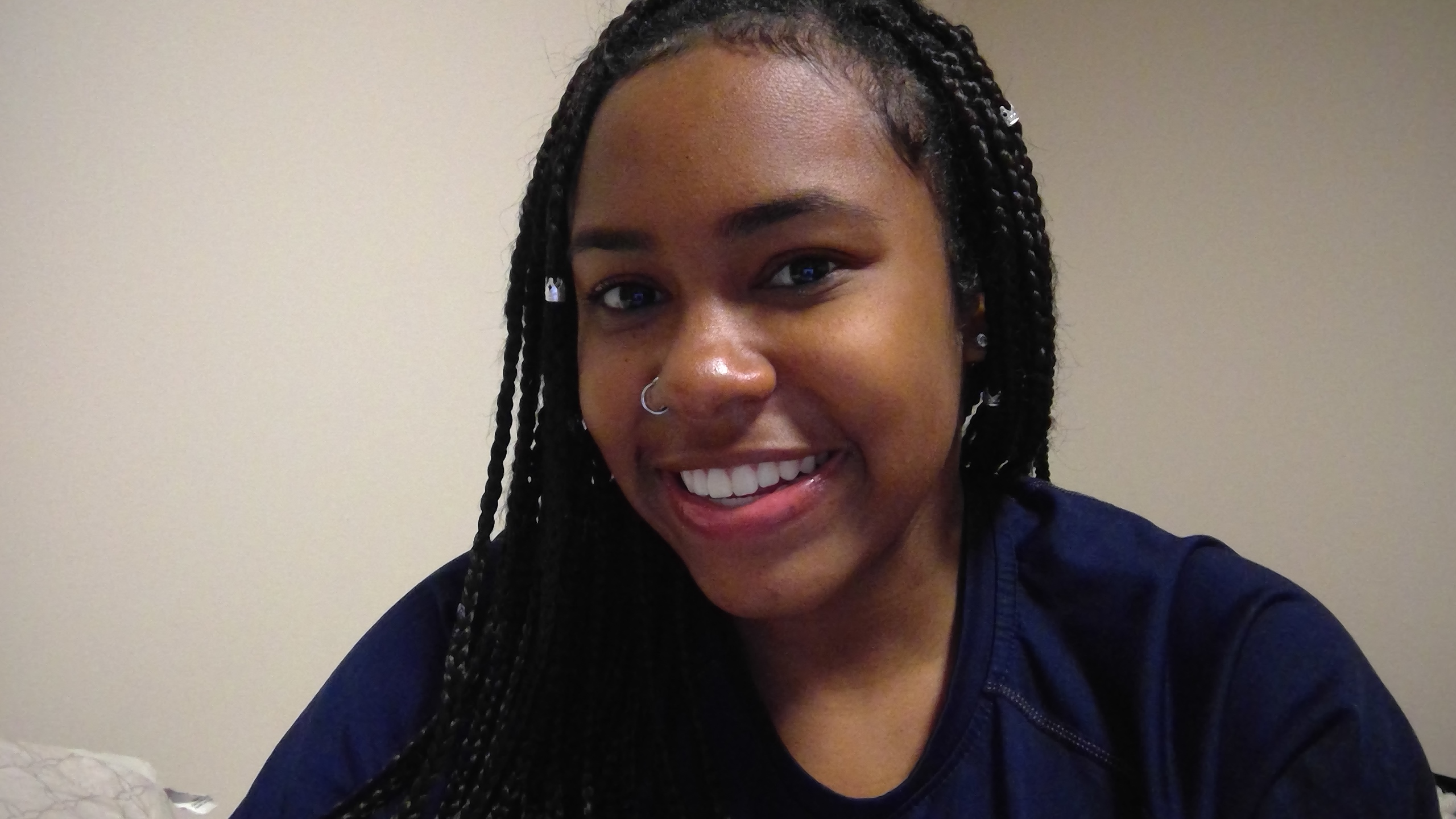Below is a summary of the abstract you submitted. Presenting author(s) is shown in bold.
If any changes need to be made, you can modify the abstract or change the authors.
You can also download a .docx version of this abstract.
If there are any problems, please email Dan at dar78@pitt.edu and he'll take care of them!
This abstract was last modified on May 8, 2017 at 2:22 p.m..

Introduction: Bacteriophages are obligate, intracellular parasites that infect bacteria. They are studied for purposes which include viral ecology, epidemiology, as tools in molecular biology, and in the development of therapeutics. The foci for the 2016-2017 SEA-PHAGES Program at Howard University, were to: (a) investigate diversity of phages that infect Mycobacterium smegmatis mc2155 , and (b) evaluate phage sensitivity/insensitivity—immunity testing using the aforementioned host. Methods: 100 bacteriophages were isolated from soil samples collected from different locations on the campus of Howard University. All phages were derived from enrichment culturing and purified using standard protocols. DNA was purified, quantitated, characterized and representative samples sequenced using Illumina Sequencing. Sequenced genomes were then annotated using various in-silico programs which include DNA Master. Furthermore, all phages were utilized for identifying patterns of phage sensitivity/insensitivity—immunity testing using wildtype M. smegmatis mc2155 and generated lysogens. Results/Conclusions: Data analysis indicate that sequenced phages can be divided into the following four clusters: B (phages Coffee, Luckymarjie, and PLmatters (as well as its duplicate, JulesWinnfield); C (Atlantean and duplicate Doodle 1); G (Renaissance), and Q (Webster2). Coffee’s (sub-cluster B2), genome is circularly permuted with length of 67481 bp, GC Content of 69.0%, and belongs to family, Siphoviridae. Coffee is 99% similar to mycobacteriophage Faze9, which was isolated in Scranton, PA. Like Coffee, phage LuckyMarjie, (subcluster B1), belongs to the Siphoviridae family, has a circularly permuted genome with length (bp) 68075, and GC content of 66.5% . Luckymarjie is 99% similar to phage “Roy17”, which was isolated from the aforementioned location. PLmatters (subcluster B1), a temperate phage, has a circularly permuted genome with length (bp) 68318, and GC content of 66.5%. PLmatters is 99% similar to mycobacteriophage Phunky, which was isolated in Philadelphia, PA. Like all previously described phages, Atlantean (sub-cluster C1) has a circularly permuted genome (154553 bp), with GC% of 64.7. Atlantean is 99% similar to phage Momo, an isolate from Pittsburg, PA, and belongs to the Myoviridae family. Renaissance (G1) has genome length (bp) of 41879, with 11 bp 3' sticky overhang genome ends (CCCCATGGCAT). Renaissance has GC content of 66.6%, belongs to family Siphoviridae, and is 99% similar to mycobacteriophage OctaviousRex, isolated in Newburgh, NY. Like Renaissance, Webster2 is a member of family Siphoviridae, with genome length (bp) 53746, and GC content of 67.4%. However, the 3' sticky overhang is 14 bp with sequence TAAGCCGCGCGGTA. This phage is 99% similar to Mycobacterium phage LilHazelnut, isolated in Dahlonega, GA. In addition, preliminary data from sensitivity/insensitivity testing suggests that several of these phages are temperate.


